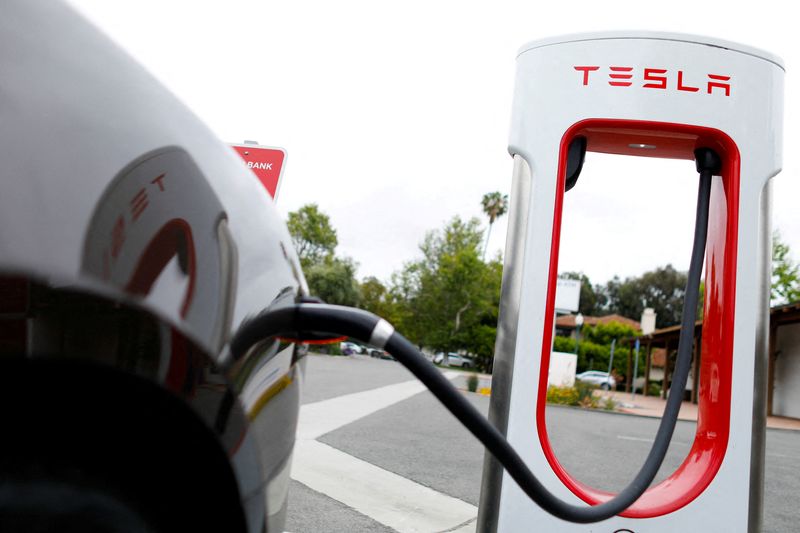A decade ago, the state of India’s transport and logistics was abysmal. The movement of goods within the country was an arduous and expensive affair. Serpentine queues at interstate borders, random documentation checks, multiple regulatory checkpoints, tax compliance issues and poor infrastructure meant that India’s trucks had one of the lowest average speeds (20-40 kmph) and lowest distance covered in a day (250-400 km), compared to developed countries (60-80 kmph and 700-800 km per day, respectively). It also meant that Indian trucks spent about 60% of their time on the roads. Moreover, the logistics sector was a complex beast, with more than 20 government agencies, 40 partner government agencies, 37 export promotion councils and 500 certifications. All these factors combined made the cost of logistics in India much higher than most of our big trading partners.
The high cost of logistics can lead to inflationary pressures for consumers. It can also make exports uncompetitive and dampen investor confidence in the economy, reducing domestic and foreign investment. The magnitude of the problem was not lost on the government. The first piece of the puzzle was to harmonise and unify tax rates across the country and remove ambiguous state levies. Though faulty at some levels, the Goods and Services Tax (GST) regime partially achieved this and began the process of unifying the Indian market.
The second ongoing solution is the construction and expansion of the highway network. Around 2015, India had one of the lowest proportion of highways or expressways in total road network ratios at 1.7%. However, according to government data, this has grown at a frenetic pace since then to record around 300% growth over seven years.
The latest solution in this area is the National Logistics Policy (NLP), launched last month. NLP aims to reduce logistics costs to less than 10% of the Gross Domestic Product (though it can be argued that this metric is also an indicator of the size of the logistics sector — a global logistics hub such as Singapore will have the sector claim a larger share of GDP — and, therefore, a better measure might be cost-per-metric-tonne-km). The policy has been in the works for the past three years and is a crucial step toward making India a manufacturing powerhouse and a regional logistics hub.
One of the critical thrusts of NLP is the Integrated Digital Systems, which aims for integration of about 30 different systems followed by different departments involved in logistics — road transport, railway, customs, aviation, foreign trade, commerce ministries, and the integration of digital data from these departments. In addition, there will be efforts to simplify the rules of the logistics business. With a focus on increasing the productivity of the 22 million people employed in this sector and ensuring that the sector can be a reliable employment generator, attention will be given to skilling people and capacity-building in this domain.
Further, an empowered group of secretaries will monitor and review the implementation of NLP, a service improvement group will be constituted to resolve issues faced by the users and remove regulatory bottlenecks in a timebound manner, and an e-handbook was published for the standardisation of the warehousing sector, leading to lower wastages in the supply chain, higher profitability, and higher investments in this sector. NLP also involves a Unified Logistics Interface Platform, which will display all possible modes of transport available to facilitate the smooth flow of cargo movement.
While some of the digital innovations and systems can help in better coordination among different departments and modes of transport, the biggest challenge will be a physical one. In India, transport development is heavily focused on roadways, which carry more than 60% of freight. While the construction of highways may be breaking records, railways and waterways are left far behind. In countries that handle as much cargo as India, most of it is moved through high-speed rail networks, which are quicker, cheaper, and have a far lower environmental footprint than other options.
India’s railways’ sector is stagnant or even moving backwards. Only about 20% of freight is moved through the rail network in 2022, as against 60% in the 1980s. The average speed of a goods train has been stuck at 25 kmph for many years, which needs to improve for it to become a viable option. The punctuality of the trains must improve along with process improvements for the collection and distribution of freight. In addition, the railways’ cargo handling capacity must increase, which requires a doubling of its fleet of wagons.
Similarly, there has been some talk about inland waterways without much improvement in their functioning. The number of ports must increase, and the average port size needs to be much bigger than it is today.
While the scale and ambition of NLP are impressive, much depends on the implementation. However, if done well and the challenges of physical infrastructure addressed, this can lead to greater integration of India into global value chains, higher share in international trade, higher employment, and accelerated economic growth.
Anupam Manur is a professor of economics, Takshashila Institution
The views expressed are personal
















